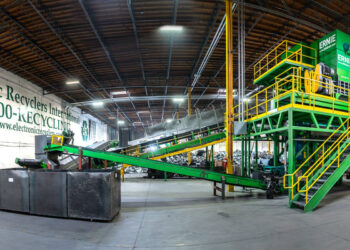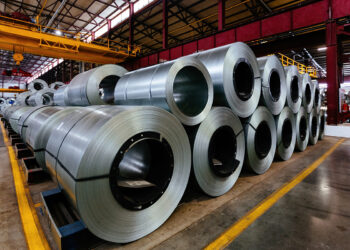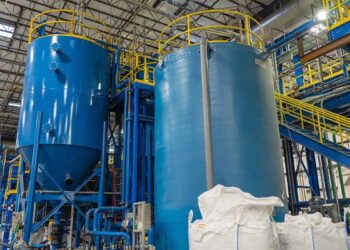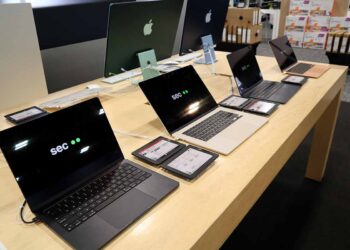The federal government provided $96,000 to a New York company to design production-scale equipment to remove integrated circuits and components from printed circuit boards.
The U.S. EPA’s Small Business Innovation Research program awarded the grant to Advanced Recovery and Recycling LLC (ARR). The Baldwinsville, N.Y. engineering company already has a prototype circuit board de-populator, and the EPA funding will help it design a production version of the machine.
“Advanced Recovery and Recycling is improving the way computers and other electronics are recycled, reducing the amount of harmful pollutants that can end up in the environment,” Judith A. Enck, EPA Region 2 administrator, stated in a press release.
ARR, which formed last year, is not a processor of electronics. It develops technology.
The company’s circuit board device uses infrared radiation of a particular wavelength to melt the printed circuit board (PCB) solder, followed by a shaking/vibration cycle that removes integrated circuits (ICs) and other components from the board, according to the EPA’s project page.
“The goal of the pre-refining approach is to very rapidly and automatically remove ICs and other electrical circuit components from the PCBs so that only the components are refined for precious metals recovery, which reduces the weight processed,” according to the EPA’s project page. “This also reduces pollution.”
The equipment significantly reduces the weight of material sent to refineries, ARR’s vice president, Peter Stockmann, told E-Scrap News.
“The cost of refining is linear with the weight, so the cost is one-seventh as much, the pollution is one-seventh as much,” he said. “The EPA is interested because we are reducing refining pollution by seven times.”
The prototype equipment also has a lower-volume mode that removes the ICs and components while preserving their reusability, according to the EPA.
“The reuse mode removes the integrated circuits quickly from a PCB while leaving their functionality intact,” according to the project page. “This replaces the present manual mode which applies hot air to each IC separately.”
The project is scheduled to run through Feb. 29, 2016, according to the EPA. The Phase I funding is aimed at helping companies develop their technology. When the project is commercially viable, companies can apply for Phase II funding of up to $300,000 to develop and commercialize the technology for the marketplace.























